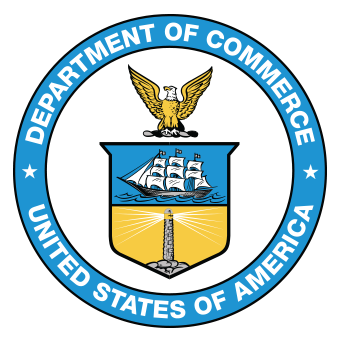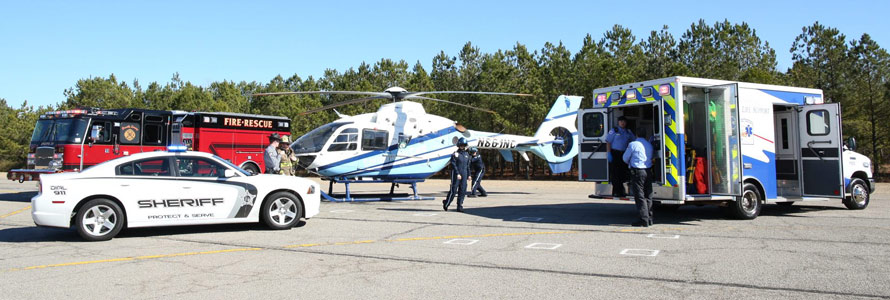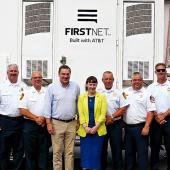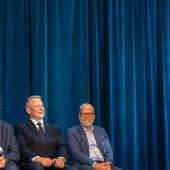Blog
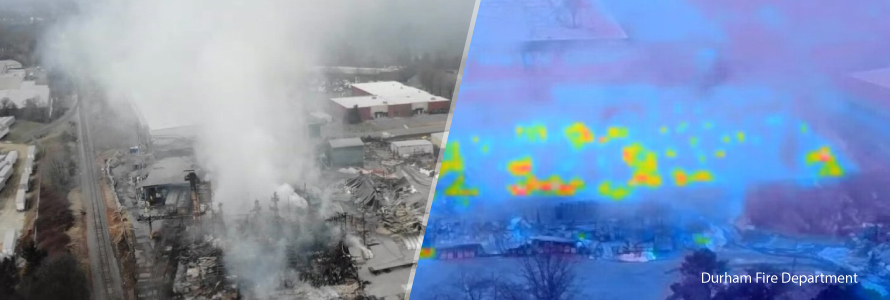

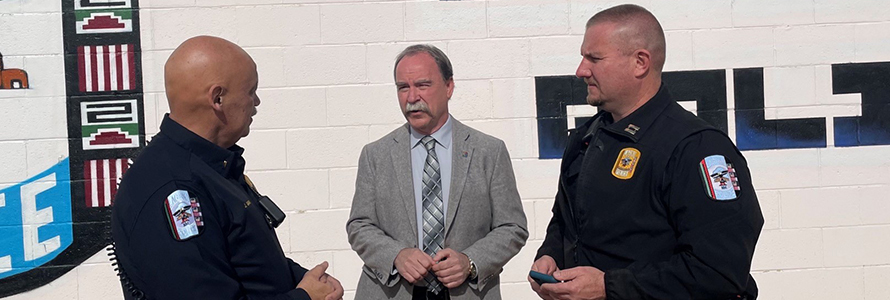

Thunderbird and Whale was the first-ever national-level exercise fully planned and executed by tribal nations. Lynda Zambrano, Executive Director of the National Tribal Emergency Management Council, recounts her team’s approach to the exercise and how they maximized resources to benefit tribal communities in the Pacific Northwest.
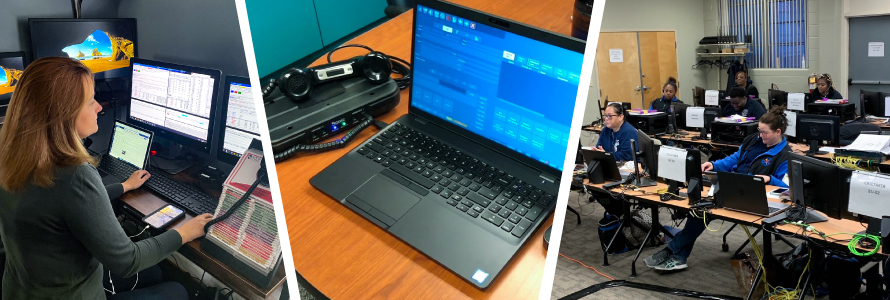
One thing the 9-1-1 community learned from the pandemic was the need to plan for alternate ways to work. Rather than be tied to workstations at fixed locations, 9-1-1 telecommunicators need flexibility to remotely take, dispatch, and supervise calls. 9-1-1 leaders looked to technology for a solution. Through FirstNet, the nationwide public-safety broadband network, first responders had access to a secure, reliable connection outside of the ECC.



